Введение
A range of передовая керамика are used in the industrial sector, but oxide керамические подложки shine out as the perfect choice! Oxide ceramics materials/substrates are exceptionally durable and effective for industrial operations. Ceramic oxides are powerful refractory materials. It is therefore important that you purchase them from reliable suppliers.
How are Ceramics Made?
How to make ceramic entails mixing powders of chemical compounds in a sintering process, at high temperatures. Hard ceramic materials like boron oxide serve niche refractory roles effectively. A high heat insulation board made from ceramic fiber ensures energy efficiency in heating. High temperature coatings protect surfaces from oxidation in extreme conditions.
There are various types of oxide ceramics, but our article will focus on four key types. The ceramic oxides are superior performance materials. These include alumina, zirconia, and beryllium. Each of these also exist in the form of alumina oxide, zorconia oxide, and berylium oxide. They are also classified as advanced ceramic materials and also used accordingly.
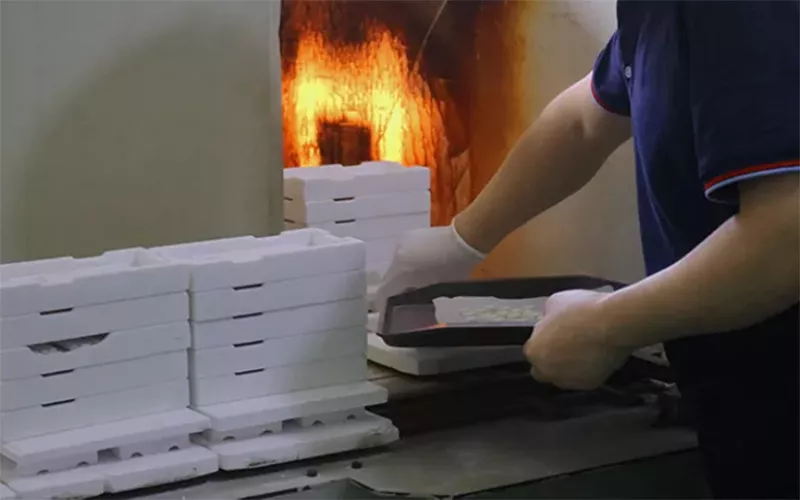
Оксид алюминия
Alumina oxide ceramic rods provide excellent thermal stability which is ideal for high-temperature environments. This type of environment is mostly found in industries, and Alumina threaded rods ensure secure fastening in structural ceramics components that require precision and strength. Alumina has a density of about 3.95 grams per cubic centimeter.
The light weighted nature of alumina makes it suitable for vigorous engineering purposes. In addition, its specific heat capacity makes it perfect for ceramic tubing procedures that require specific heat capacity. Alumina oxide is used to produce alumina tube products, which are designed to resist corrosion through long usage and withstand harsh chemical conditions.
Alumina ceramic tubes come in various forms and sizes, in line with your particular industrial production needs. At ggsceramics, we produce aluminium based tools custom made for your industrial needs. The process by which aluminium tools are machined, requires high precision. We have proper механическая обработка и обработка поверхности tools to give smooth finishes.
Al2O3 ceramics are your first choice among oxide ceramics because of the unique chemical composition. Alumina oxide stands out for its hardness, making it superior to non-oxide ceramics such as silicon oxide. Alumina is a typical example of a structural керамическая подложка that has load-bearing capabilities in the construction industry.
It is important to note that Alumina oxide is used intensively in the aerospace industry because it has insulating settings. The insulating properties of Alumina also makes it an excellent choice for electronics production. However, керамическая трубка options including porcelain tube provide alternatives for electrical ceramics projects.
Ceramic Fibers
Do well to purchase ceramic fiber products which are made with Alumina oxide. Ceramic fibres are thread-like materials which are produced through blowing melted raw materials of alumina and silicate. These threads therefore form the bases for boards, blankets and loose wool. Generally, the fibre products have low conductivity and are light weighted.
Ceramic fibers ensure flexibility in ceramic wool insulation for various installations. In the same vein, ceramic blanket variants such as ceramic fireproof blankets protect against extreme heat effectively
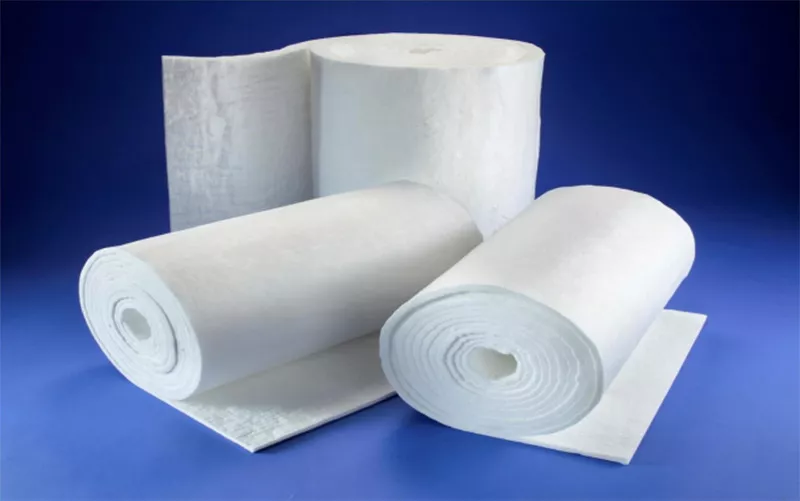
FIG 2: Ceramic Fibre
Ceramic Boards
Ceramic boards are tinted, whitish or off-white, with a mix of hard, thin and smooth features. Their measurement in thickness ranges from one fraction of a millimeter to a few millimetres. However, the exact usage of the boards determine actual size of measurement and precision. You can depend on us for either polished or slightly textured boards, as you wish.
Ceramic board is used in the electronics industry to mount components of RF (Radio Frequency) or LED (Light Emitting Diode) amplifiers, as well as semiconductor chips. The system leverages on the ability of these boards to dissipate heat from major circuits, thereby protecting sensitive components of electronic appliances.
Ceramic boards are layered with metal traces, to form connections in hybrid circuits. They are also used in the aeronautical industry to ensure durability of aerospace systems. The reliability of aerospace systems under harsh conditions can never be compromised. In certain situations, it is necessary to laser-cut ceramic boards or drill them to ensure fit.
If you want to prevent degrading and warping of your products, ceramic boards have the answer. Items enhanced with ceramic boards are able to withstand extreme temperatures of up to 1000oC. Ceramic boards do not conduct electricity, so they are useful when you wish to prevent undesired flow of current between the components of an electronic gadget.
You may argue that ceramic fiber boards are more expensive than fiberglass boards, which are alternative materials. However, when you consider the fact that ceramic fiber has high performance and durability in demanding applications, the expenditure becomes worth your while.
Ceramic Blankets
Ceramic fireproof blankets are ideal for emergency safety kits in workshops. High temperature ceramic insulation blankets are available in various thicknesses for customization. Furnace insulation blanket using oxide ceramics reduces heat loss significantly during operations.
Ceramic Wool Insulation
Ceramic wool is also known as Cera wool. Cera wool is an excellent choice to insulate industrial pipes and gaskets. Ceramic wool is also made from fiber, derived from combined melted alumina oxide and silicon oxide. When installing ceramic wool insulators, ensure that the work station is well ventilated, to prevent poisoning through inhalation.
Apart from keeping your room well ventilated, it is also recommended that you wear protective clothes and gadgets. This includes a face mask, hand gloves and protective glasses. The benefits of using ceramic wool however, surpasses the risks taken.
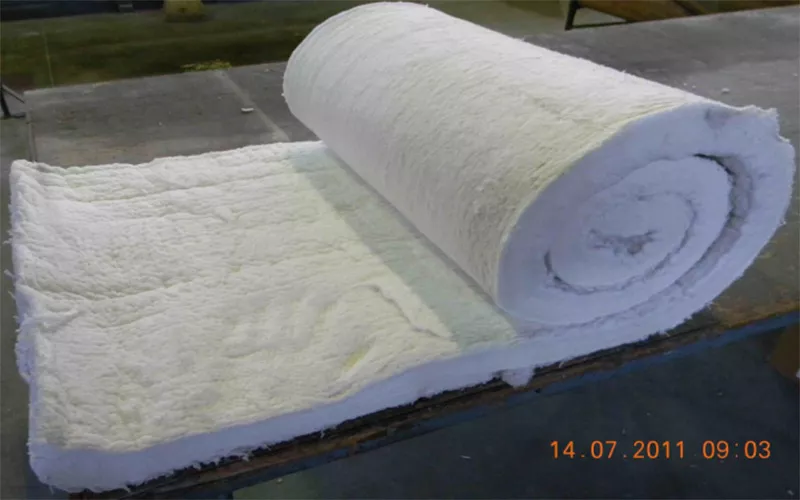
FIG 3: Ceramic Wool
Last word on Alumina Ceramics: We recommend that you channel adequate investment towards the purchase of alumina parts from our company. Керамика из оксида алюминия parts that are made by our company are machined with high precision tools, tailored to your needs. Their low electrical conductivity attribute makes them perfect for insulation.
Оксид бериллия
Beryllium oxide which is also known as BeO compound, is valuable for many industry operations. In advanced applications of BeO, there is a high sense of value gained, arising from its excellent conductivity. Unlike some other metals, it conducts heat effectively, making it valuable for electronics and other high power devices that focus on heat dissipation.
Керамика из оксида бериллия is also an excellent electrical insulator. It combines features of electrical insulation with thermal conductivity. This combination therefore makes Beryllium beryllium useful for the production of полупроводниковая керамика packaging, which is useful for chip enclosures in electronic devices.
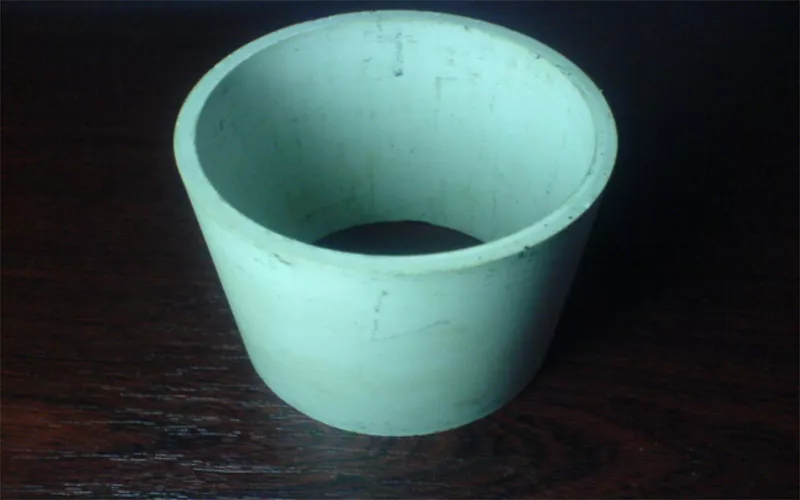
FIG 4: Beryllium Oxide Ceramic
BeO semiconductor packaging protects electrical appliances from harmful environmental conditions such as dust and heat. They also enable electrical connections between the chips and the power board for flow of power and signals. The presence of Beryllium oxide in semiconductor panels prevents overheating, an expected outcome of dissipated heat.
Beryllium oxide has a melting point of about 2,530oC. This characteristics makes it capable of withstanding very high temperature conditions. No wonder, BeO oxide is favoured in the preparation of industrial furnaces. Therefore, if you are looking for a suitable material that will endure through intense heat conditions, go for Керамика из оксида бериллия.
Beryllium oxide ceramic is suitable for the production of high-power electronic devices for which heat dissipation is prioritized. For example, a керамическая доска which is made from BeO is an excellent choice for the base of circuit assemblies.
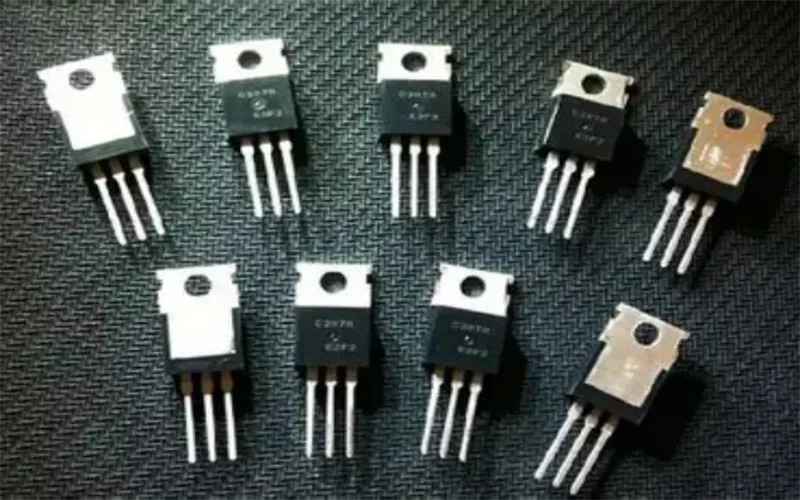
FIG 5: Electronic Devices Coated with Beryllium Oxide Ceramic
BeO has low dielectric properties, which makes it suitable for materials with high electrical current chemical stability. The dielectric properties of Beryllium Oxide makes it safe for its users, who are protected from electric shocks! BeO gives an entire package of low dielectric constant, hardness, strength, and low toxicity considerations.
Zirconia Oxide
Zirconia oxide known as ZrO2 is crystalline and reputable for its strength. It also has high degrees of thermal stability and conductivity. It has an approximate density of 5.68g/cm2 and measures 8 - 8.5 on the Mohs scale. When left by itself, zirconia oxide is capable of taking on different crystal natures, known as cubic, tetragonal and monoclinic.
Zirconia ysz which is stabilized zirconia, has capacity to withstand temperature conditions of up to 2,500oC, ZrO2 maintains thermal stability. Therefore, zirconia oxide requires a temperature which is higher than 2,500oC, to break down. It is, however, a good electrical insulator under room temperature conditions.
Our raw material preparation of zirconium oxide and other ceramic oxides is done under close supervision and careful inspection. In terms of chemical makeup zirconium oxide is stable and not easily eroded by acids or alkali. When used for medical treatments such as dental implants, it is compatible with the natural environment of the patient’s dental structure.
In its cubic form, zirconia oxide has optical properties that render the advanced ceramic a high refractory index. This quality makes the ceramic suitable for the formation of jewels, Thanks to the glossy appearance resulting from its crystalline characteristics.
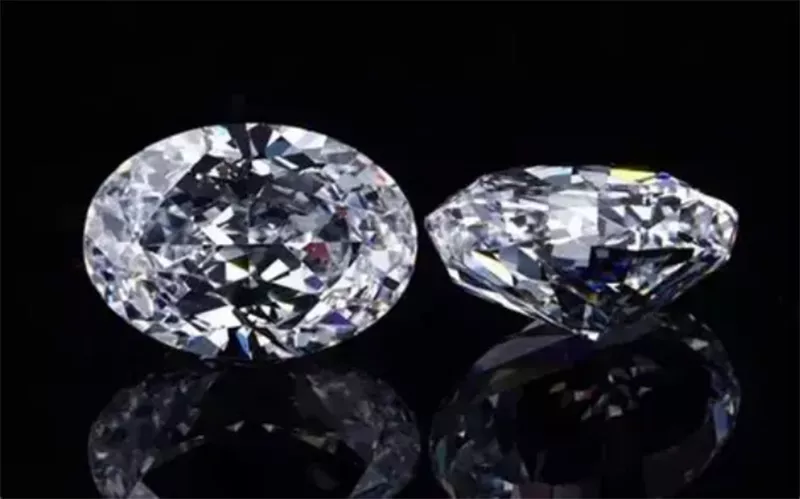
FIG. 6: Zirconium Oxide Use in Jewellry Production
Циркониевая керамика are very tough and withstand attrition of coated surfaces. The low friction and durability of zirconium oxide advanced ceramics makes them very effective for cutting very hard materials. Yttria stabilized zirconia YSZ are particularly efficient for versatile use in the medical, aerospace and electronics industry.
Оксид магния
Magnesium oxide ceramic, also known as MgO ceramics, is versatile for electrical and engineering operations. That is why it is mostly used in industrial settings for operations related to heat transfer. Materials which are coated with magnesium oxide ceramics are never degraded, even when they are exposed to extremely high temperatures.
They also serve as very good electrical insulators, even where the conditions are associated with high electrical voltages. That is why they are used for electrical thermocouples. Aluminum oxide ceramics are not easily melted. They have a melting point of about 5,000oF, making them a premium choice for refractory operations, like that of metal industries.
MgO is resistant to corrosion by alkaline materials, and does not expand or reduce in size in response to change in temperature. It is relatively stable in its form. It only yields to tension from external forces, and can disintegrate under those conditions. Magnesium oxide is not toxic to medical operations, making it suitable for bone and dental implants.
Why Choose Ceramic Oxides?
We define ceramics in art as moulding clay and other materials which are heated to make objects. You may ask this question - Is glass a ceramic? The answer is No. Glass has a clear appearance, but does not have a crystalline amorphous structure as do ceramics. In defining what is ceramic, our minds should focus on traditional and advanced ceramics.
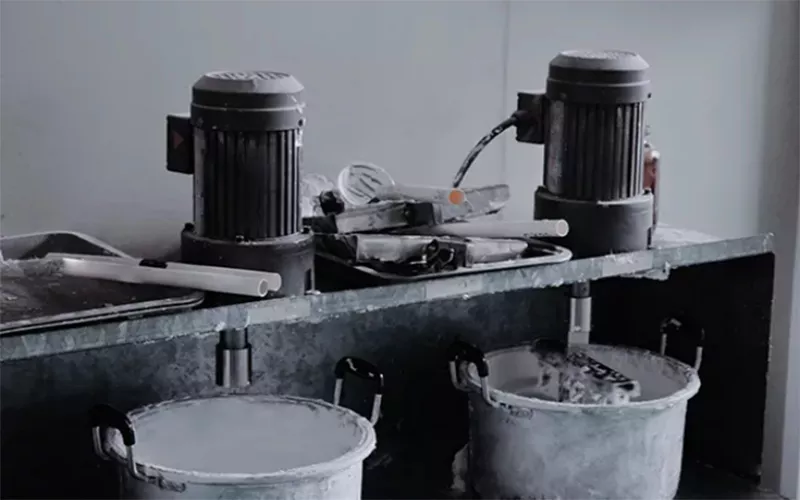
FIG. 7: Moulding Ceramic Objects
Pottery products such as bowls are examples of traditional ceramic. The method by which objects are formed in pottery, highlight the fundamental techniques for producing ceramic objects. However, oxide ceramics exude strength and are more reliable for industrial uses. You can customize their color to suit your desired aesthetic and functional use.
Oxide ceramics can be colored with ceramic washes, using a ceramic oxide color chart. This will help in selection of appropriate shades that will render a clear coat. High temperature ceramic coatings seal porous industrial machinery to enhance their durability and usage. High temp ceramic coats protect pottery and advanced ceramic materials from corrosion.
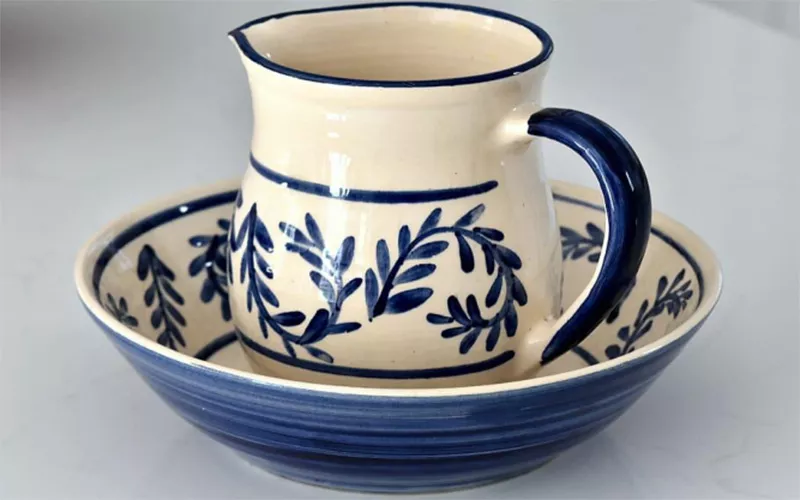
FIG. 8: Painted Pottery for Aesthetics
Заключение
From our discussion, it is obvious that керамические детали have versatile use for individuals (decorative and adornment) and industries. The in-built chemical and structural properties which makes them durable and strong assures you of their reliability under high temperature conditions. What better value would you wish for your money?